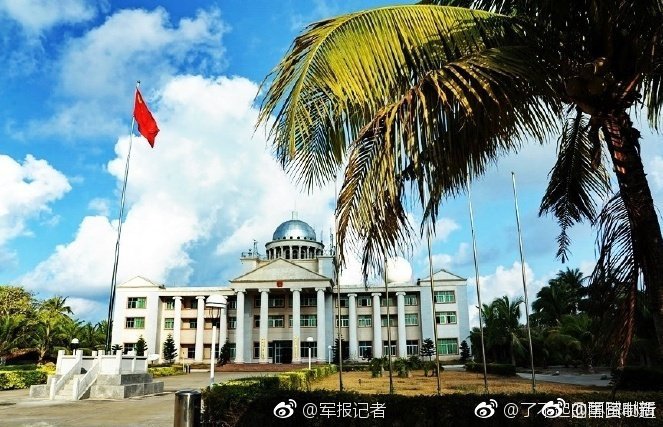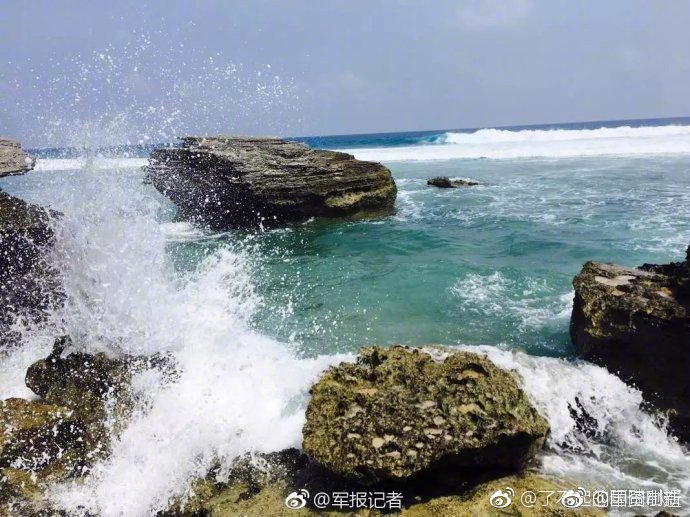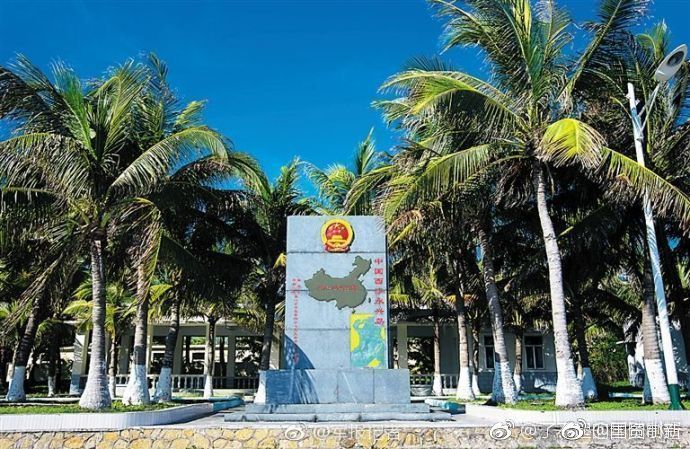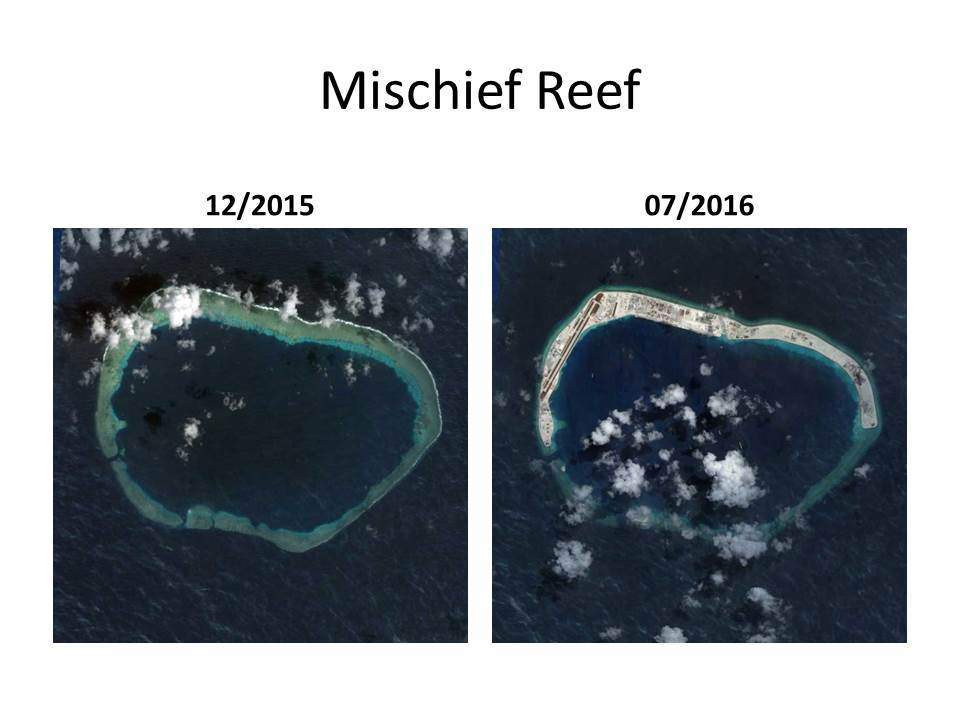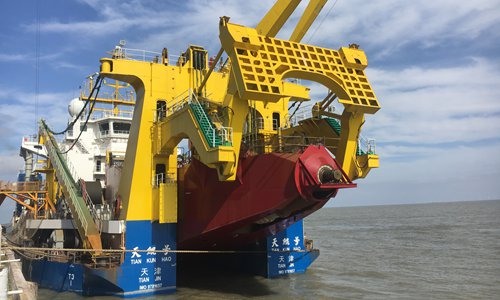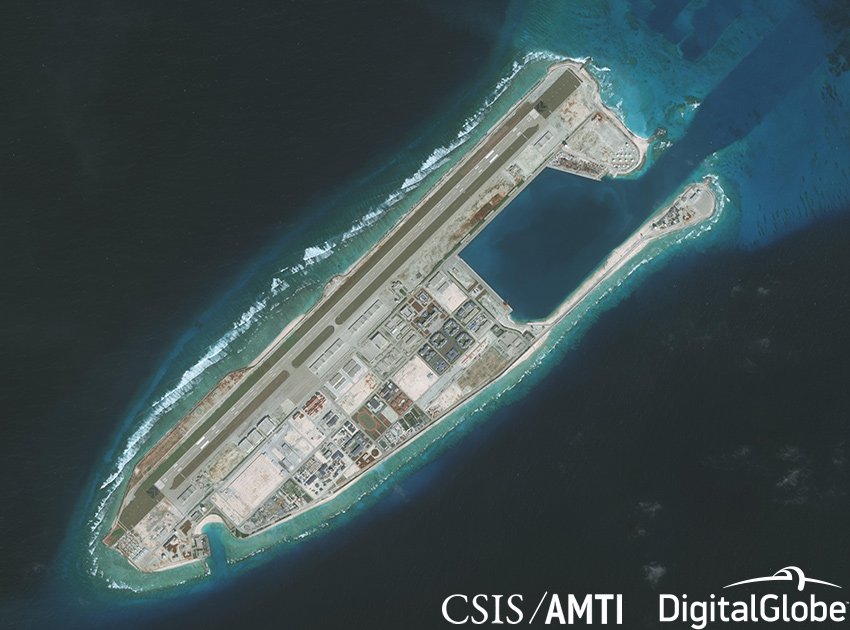Hendrik_2000
Lieutenant General
Electricity is important for those island to function properly
Stable electricity underwrites military stations and daily military operations in the South China Sea. Surface-to-air and anti-ship missiles, for example, need not depend solely on electric vehicles,
Sofar they depend on diesel generator supplement by solar cell which is expensive and prone to disruption of oil supply. But in the future nuclear barge will become available Still the need for grid automation and monitoring Via Taishang
By Liu Caiyu Source:Global Times Published: 2018/5/28
China's first remote-island intelligent micro-grid officially went into operation on Yongxing Island in the South China Sea on Sunday in a move that Chinese experts hailed as beneficial to regional civil and military development.
The small power grid increases the island's power supply eightfold and can operate independently or in conjunction with Hainan Province's main electrical grid to satisfy civilian and military demand for electricity.
The first micro-grid can later be developed into a micro-grid control center that manages other micro-grid networks on other remote islands in the South China Sea.
"The establishment of the micro-grid demonstrates China's capability in civilian public services and will help prompt the development of the South China Sea," Chen Xiangmiao, a research fellow at the Hainan-based National Institute for the South China Sea, told the Global Times on Monday.
Electricity on the island is generated from multiple sources including diesel and photovoltaic energy, China Central Television (CCTV) reported.
The hybrid power generation can better meet increasing civil electricity demand from medical services, emergency rescue, logistics, airport operation and tourism development, Chen said.
The micro-grid also aids military personnel and weaponry, analysts said.
Stable electricity underwrites military stations and daily military operations in the South China Sea. Surface-to-air and anti-ship missiles, for example, need not depend solely on electric vehicles, said Song Zhongping, a military expert and TV commentator.
The service life of weaponry can be extended by reducing their reliance on self-contained chargers, Song told the Global Times on Monday.
Stable electricity was also critical at armories and arms depots for handling the high temperatures, humidity and salinity of the islands, Song noted.
Yongxing Island - the largest of the Xisha Islands in the South China Sea - depended on smaller generators and the system sometimes overloaded and fried fishermen's refrigerator circuits, Sansha power supply bureau chief Wu Yu told CCTV.
But now the electrical reliability of the island can be controlled by Hainan's network control center in Haikou through fiber-optic submarine cables, Wu said.
Data grasped by the micro-grid can be shared with other scientific research departments or projects launched in the South China Sea, Chen noted.
The grid host machine on Yongying Island can collect and monitor load data from diesel generators, the photovoltaic system and seawater desalination as well as charging piles, China News Service reported.
"The micro-grid on Yongxing Island is only the start," Fu Yongfeng, deputy head of Hainan power grid branch under China Southern Power Grid, told CCTV. "We'll copy the model on the other island as well.
"In the meantime, we will explore wave-powered electricity and refrigeration techniques by usage of residual heat."
Stable electricity underwrites military stations and daily military operations in the South China Sea. Surface-to-air and anti-ship missiles, for example, need not depend solely on electric vehicles,
Sofar they depend on diesel generator supplement by solar cell which is expensive and prone to disruption of oil supply. But in the future nuclear barge will become available Still the need for grid automation and monitoring Via Taishang
By Liu Caiyu Source:Global Times Published: 2018/5/28
China's first remote-island intelligent micro-grid officially went into operation on Yongxing Island in the South China Sea on Sunday in a move that Chinese experts hailed as beneficial to regional civil and military development.
The small power grid increases the island's power supply eightfold and can operate independently or in conjunction with Hainan Province's main electrical grid to satisfy civilian and military demand for electricity.
The first micro-grid can later be developed into a micro-grid control center that manages other micro-grid networks on other remote islands in the South China Sea.
"The establishment of the micro-grid demonstrates China's capability in civilian public services and will help prompt the development of the South China Sea," Chen Xiangmiao, a research fellow at the Hainan-based National Institute for the South China Sea, told the Global Times on Monday.
Electricity on the island is generated from multiple sources including diesel and photovoltaic energy, China Central Television (CCTV) reported.
The hybrid power generation can better meet increasing civil electricity demand from medical services, emergency rescue, logistics, airport operation and tourism development, Chen said.
The micro-grid also aids military personnel and weaponry, analysts said.
Stable electricity underwrites military stations and daily military operations in the South China Sea. Surface-to-air and anti-ship missiles, for example, need not depend solely on electric vehicles, said Song Zhongping, a military expert and TV commentator.
The service life of weaponry can be extended by reducing their reliance on self-contained chargers, Song told the Global Times on Monday.
Stable electricity was also critical at armories and arms depots for handling the high temperatures, humidity and salinity of the islands, Song noted.
Yongxing Island - the largest of the Xisha Islands in the South China Sea - depended on smaller generators and the system sometimes overloaded and fried fishermen's refrigerator circuits, Sansha power supply bureau chief Wu Yu told CCTV.
But now the electrical reliability of the island can be controlled by Hainan's network control center in Haikou through fiber-optic submarine cables, Wu said.
Data grasped by the micro-grid can be shared with other scientific research departments or projects launched in the South China Sea, Chen noted.
The grid host machine on Yongying Island can collect and monitor load data from diesel generators, the photovoltaic system and seawater desalination as well as charging piles, China News Service reported.
"The micro-grid on Yongxing Island is only the start," Fu Yongfeng, deputy head of Hainan power grid branch under China Southern Power Grid, told CCTV. "We'll copy the model on the other island as well.
"In the meantime, we will explore wave-powered electricity and refrigeration techniques by usage of residual heat."

